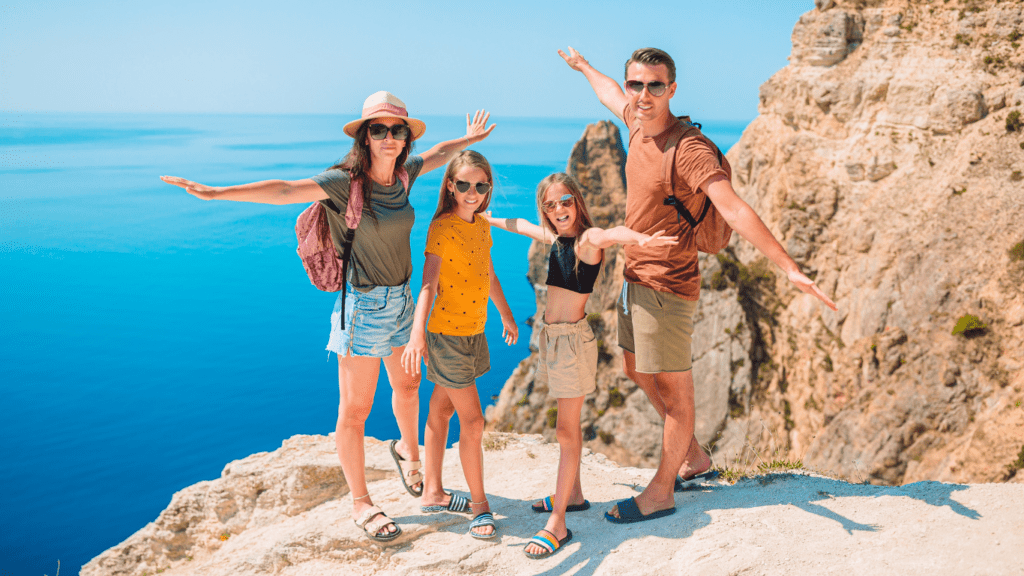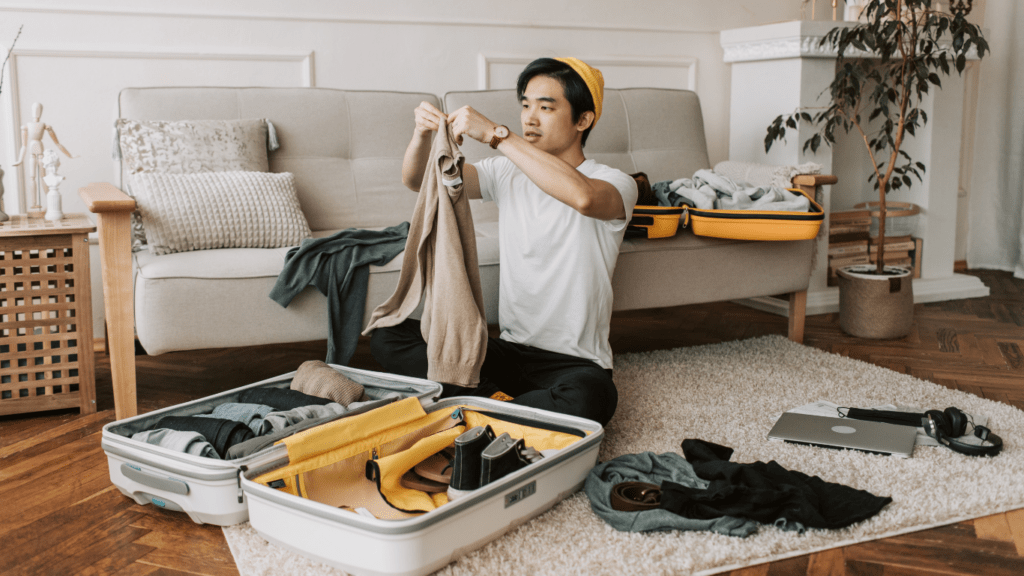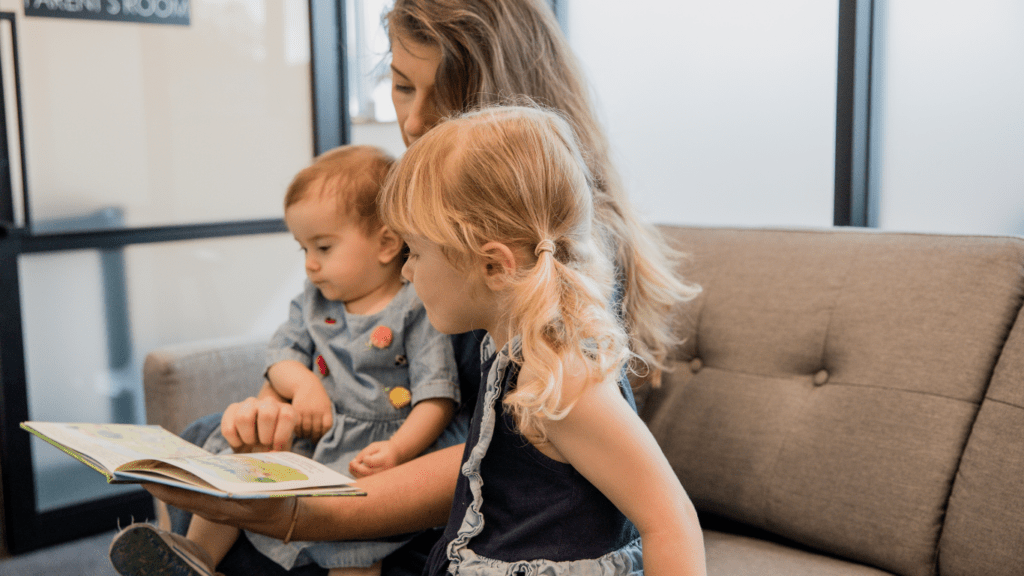Understanding Vacation Risks
Identifying potential risks during vacations is crucial for ensuring children’s safety. Every travel destination and activity poses unique challenges. By recognizing these threats, parents can take preventive measures.
- Busy Transportation Hubs: Airports, train stations, and bus terminals are often crowded. In these places, children can get lost or separated, making it essential to keep them close and establish meeting points.
- Unfamiliar Environments: New locations may include unfamiliar hazards such as different traffic rules or local wildlife. Dangers can be minimized by researching the destination in advance and teaching children about specific risks.
- Water Activities: Beaches, pools, and water parks present drowning risks. Supervision is critical, even if lifeguards are present. Ensure kids understand water safety rules and consider swim lessons before the trip.
- Health Concerns: In some regions, unfamiliar foods, insects, or water quality can cause health issues. Carry a medical kit and research local health advice. Vaccinations might also be necessary depending on the destination.
- Stranger Danger: Higher tourist areas can attract criminals targeting tourists. Ensure children know not to talk to strangers or accept anything from them. Implementing a buddy system can add an extra layer of security.
By understanding these common vacation risks, parents can better prepare and protect their children.
Planning Ahead
Ensuring kids’ safety on vacation starts with careful planning. Proper preparation helps mitigate potential risks during travel and stay.
Researching the Destination
I always start by gathering detailed information about our vacation spot. I check the local crime rates, healthcare facilities, and emergency contact numbers. Exploring child-friendly attractions and reading reviews from other parents helps me choose safe activities. Knowing the local customs ensures compliance with laws and enhances safety.
Preparing Safety Kits
Assembling a comprehensive safety kit is essential. I pack first-aid supplies, any necessary medications, and child-specific items like insect repellent. Including a list of emergency contacts and a basic medical history sheet for each child is crucial. Having these items organized and accessible can prevent minor issues from becoming major problems.
Health Considerations
Health is a top priority. I consult our pediatrician about required vaccinations and check for any travel advisories regarding diseases. Bringing along hand sanitizers, bottled water, and familiar snacks reduces the risk of foodborne illnesses. In high-sun areas, sunscreen and protective clothing are vital to prevent sunburns. Being proactive about health ensures a safer, more enjoyable vacation for everyone.
Travel Safety Tips
Traveling with kids requires careful attention to various safety aspects. Here are essential tips to ensure a secure journey for your family.
Car Travel Safety

Securing car travel involves multiple steps to keep kids safe. Use appropriate car seats for each child’s age and size. Ensure seats are installed correctly according to the manufacturer’s instructions. Pack an emergency kit with essentials like:
- flashlight
- bottled water
- basic first-aid supplies
Keep children entertained with safe, age-appropriate activities to minimize distractions. Schedule regular breaks during long drives to prevent fatigue and let kids stretch.
Air Travel Safety
Flying with children presents unique challenges. Always keep important documents, like passports and boarding passes, in an easily accessible bag. Use a child restraint system, approved by the Federal Aviation Administration (FAA), for infants and toddlers. Familiarize kids with airport security procedures to reduce anxiety and streamline the process. Pack a carry-on with snacks, toys, and medications to address in-flight needs. Ensure kids stay hydrated and move around periodically to avoid discomfort during the flight.
Public Transport Safety
Public transport requires vigilance to safeguard kids. Hold younger children’s hands in crowded spaces like bus or train stations. Teach older kids to stay close and recognize landmarks in case they get separated. Avoid peak travel times when possible, and choose well-lit, populated areas to wait for transport. Keep all belongings secure to prevent theft. Educate children on public transport rules and safety protocols, such as staying seated and holding onto railings during transit.
Accommodations Safety
Ensuring your accommodations are safe is crucial when traveling with kids. Safety measures in hotels and rentals can prevent accidents and make your stay worry-free.
Hotels and Rentals
Choose accommodations with a good safety record. Check online reviews for mentions of safety issues. Request a room on a lower floor, which is more accessible during emergencies. Inspect the room for hazards like exposed wires. Avoid balconies if they lack childproof locks or have wide railings. Confirm the hotel’s emergency evacuation plan.
Childproofing Your Space
Bring essential childproofing items. Pack outlet covers, corner guards, and door stoppers. Secure loose furniture to avoid tip-overs. Check windows for locks and screens. Cover sharp edges on furniture. Ensure medicines and cleaning supplies are out of reach. Perform a sweep of the space to ensure it’s child-friendly.
Outdoor Activities
Outdoor activities play a vital role in making vacations enjoyable for children. Ensuring their safety during these activities requires careful planning and attention to detail.
Water Safety
Swimming and water sports present unique hazards. Check if a lifeguard is on duty at all swimming areas. Equip kids with life jackets that meet safety standards. Supervise children constantly when they are near water, even in shallow areas. Educate them about the dangers of strong currents and follow posted warnings at beaches.
Hiking And Adventure Activities
Hiking and other adventurous activities require preparation. Choose trails that match the age and skill levels of your kids. Pack essentials like water, snacks, and a first-aid kit. Dress them in appropriate footwear to prevent slips and falls. Teach them to stick to the path and avoid touching unknown plants or insects.
Teaching Kids About Safety
Ensuring children understand safety basics is crucial for a secure vacation. Discussing fundamental safety tips can provide kids with the knowledge they need.
Stranger Danger
Kids must know the importance of not talking to strangers. I explain the difference between friendly and suspicious behaviors strangers might exhibit. For example, I tell my kids never to accept gifts or rides from someone they don’t know. We practice scenarios where they might need to seek help; identifying safe adults, such as police officers or uniformed staff, is part of our routine.
Emergency Protocols
Preparing kids for emergencies can significantly boost their confidence and safety awareness. I teach my kids how to identify and react to emergencies, urging them to find a secure location and contact me immediately. Memorizing our phone numbers and knowing our emergency meeting point are essential components in our family’s emergency plan. We routinely role-play emergency situations, like getting lost, so they feel prepared and not panicked.
By covering these safety aspects, I ensure my children are better equipped to handle potential dangers, allowing us to enjoy our vacation with added peace of mind.



 Editheena Kees – Health and Wellness Specialist Editheena Kees is a dedicated Health and Wellness Specialist at Makes Parenting Watch, where she combines her expertise in pediatric health, nutrition, and mental wellness to offer parents comprehensive support for raising healthy children. With a background in public health and family nutrition counseling, Editheena understands the importance of a balanced approach to both physical and mental well-being. She writes extensively on topics such as healthy eating habits for children, strategies for managing parental stress, and the importance of self-care for new parents. Editheena also emphasizes the significance of fostering healthy emotional development in children, offering tips on building resilience and maintaining strong family connections. Her holistic approach ensures that families are equipped not just to survive the challenges of parenting, but to thrive. In addition to her writing, Editheena collaborates with healthcare professionals to provide readers with the latest research and recommendations in child health.
Editheena Kees – Health and Wellness Specialist Editheena Kees is a dedicated Health and Wellness Specialist at Makes Parenting Watch, where she combines her expertise in pediatric health, nutrition, and mental wellness to offer parents comprehensive support for raising healthy children. With a background in public health and family nutrition counseling, Editheena understands the importance of a balanced approach to both physical and mental well-being. She writes extensively on topics such as healthy eating habits for children, strategies for managing parental stress, and the importance of self-care for new parents. Editheena also emphasizes the significance of fostering healthy emotional development in children, offering tips on building resilience and maintaining strong family connections. Her holistic approach ensures that families are equipped not just to survive the challenges of parenting, but to thrive. In addition to her writing, Editheena collaborates with healthcare professionals to provide readers with the latest research and recommendations in child health.
